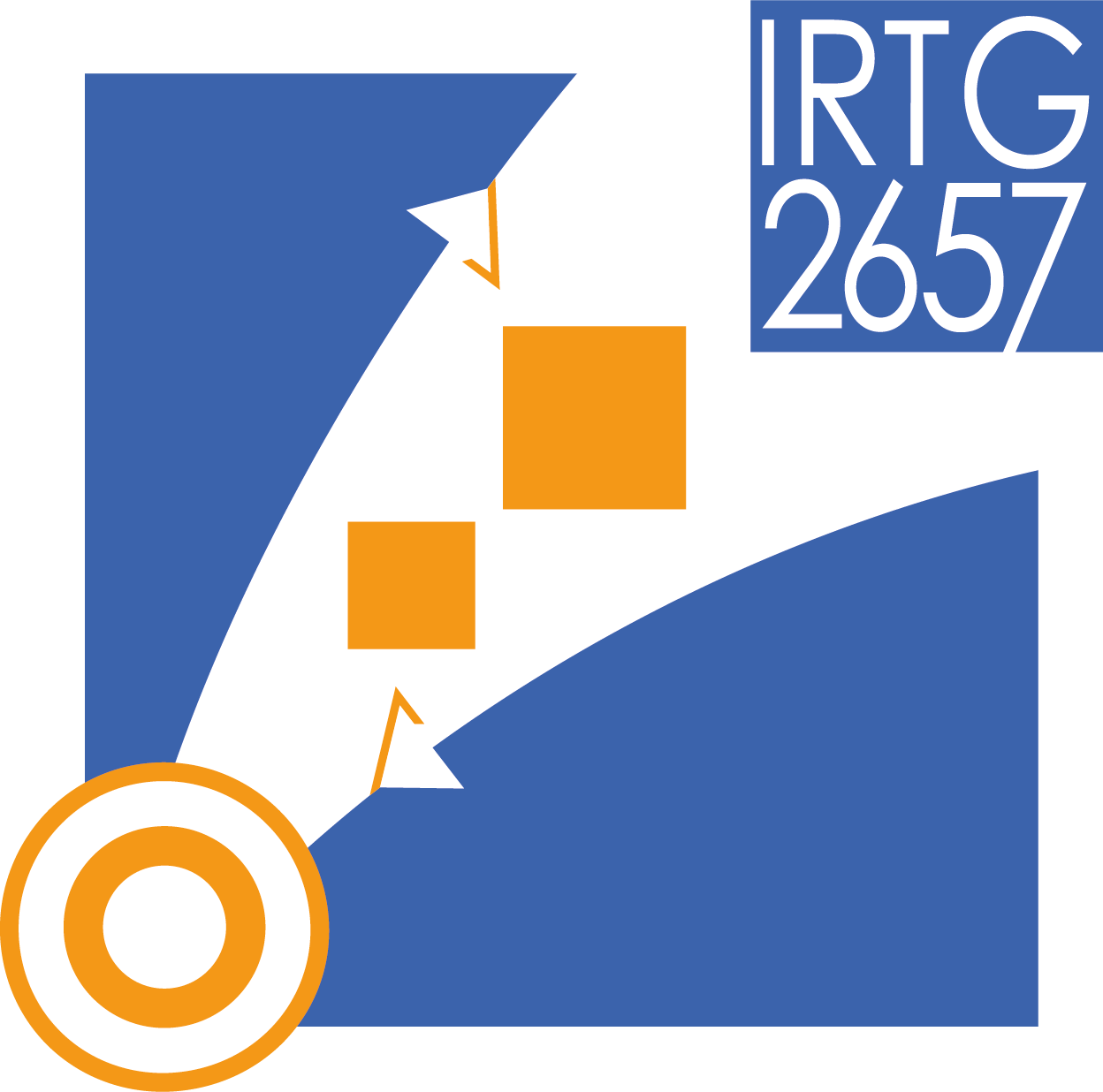C1.: Using a Two-Scale Reduced Basis Approach for Deriving Observation Operators in Inverse Modeling
| Team: | Insa Neuweiler, Ludovic Chamoin |
| Year: | 2024 |
| Duration: | 01.09.2024-30.08.2027 |
Lack of knowledge of model parameters is a major problem when making model predictions. This applies, for example, to flow and transport in porous media. Parameters are inferred from state observations (inverse modeling). Material parameters are typically heterogeneously distributed, often over many ranges of length scales, making this problem underdetermined. To cope with the heterogeneously distributed parameters, representations of parameter fields are simplified, for example by zonation. The remaining problem still has a very large parameter space, which can make ensemble methods unfeasible and requires coarsened grids or simplified models. All these simplifications lead to problems when observation volumes do not match the model representation.
Although multi-scale methods, such as multi-scale Monte Carlo sampling [1], have been developed to deal with this problem, even such methods can be prohibitively expensive. Also, they aim at retrieving a heterogeneous parameter field which might not always be needed. In this project we want to test the use of the method of the non-intrusive reduced basis (NIRB) [2] as an observation operator linking between small scale observations and coarse grid models for inverse modeling. The method is based on the idea of an improved reduced base for the fine scale problem and a projection of the coarse scale solution on the reduced base, which is improved by a rectification technique. In the current project, we test the efficiency of NIRB for forward modeling of flow processes in heterogeneous porous media. The solution quality in relation to the heterogeneous structure is tested for steady state problems and will be extended for time-dependent parabolic problems. In this project, we want to develop a two-scale inverse modeling method by applying NIRB as observation operator. For parameter estimation, we plan to use an interative Ensemble Kalman filter [3].
Literature
[1] Michael B. Giles (2015). Multilevel Monte Carlo methods. Acta Numerica, 24: 259–328.
[2] Chakir, R., Maday, Y. & Parnaudeau, P. (2018). A non-intrusive reduced basis approach for parameterized heat transfer problems. Journal of Computational Physics, 376, 617-633.
[3] Evensen, G., (2018), Analysis of iterative ensemble smoothers for solving inverse problems, Computational Geosciences 22: 885-908.
Team
Supervision: Prof. Dr. Insa Neuweiler (LUH), Prof. Dr. Ludovic Chamoin (ENS)






